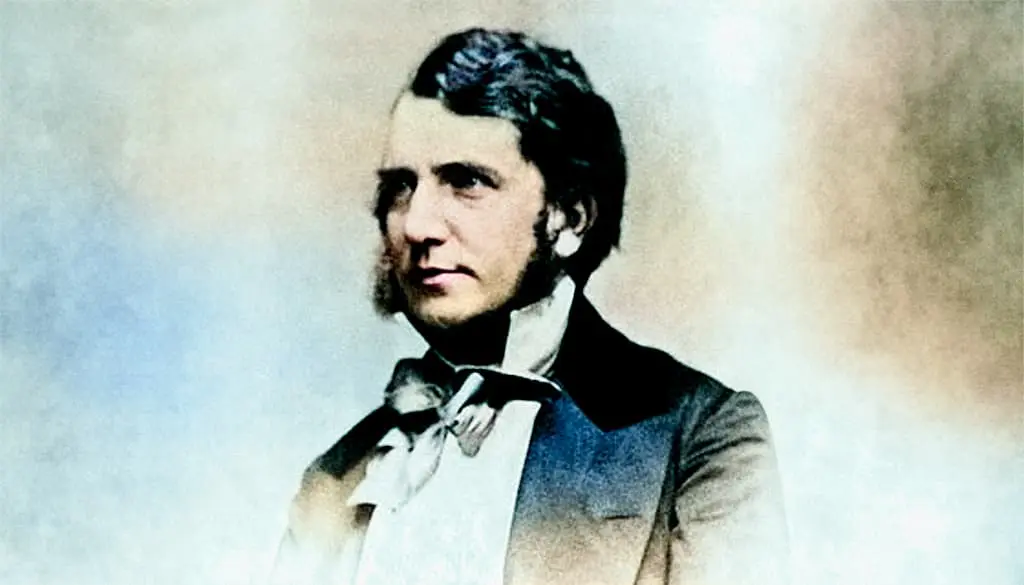In Sir Dominick’s Bargain, a story by Sheridan Le Fanu, a traveler explores the ruins of Dunoran Manor, captivated by its melancholy atmosphere. There, an old hunchback tells him the tragic story of Sir Dominick Sarsfield, the last lord of Dunoran. Desperate because of his debts, Sir Dominick makes a pact with a mysterious gentleman in the forest of Murroa, obtaining immediate wealth in exchange for a disturbing promise. As the deadline for paying the debt approaches, Sir Dominick, increasingly distressed, seeks the bishop’s help. The bishop gives him a strategy to free himself from his terrible fate, but uncertainty and fear persist as the final deadline approaches.





